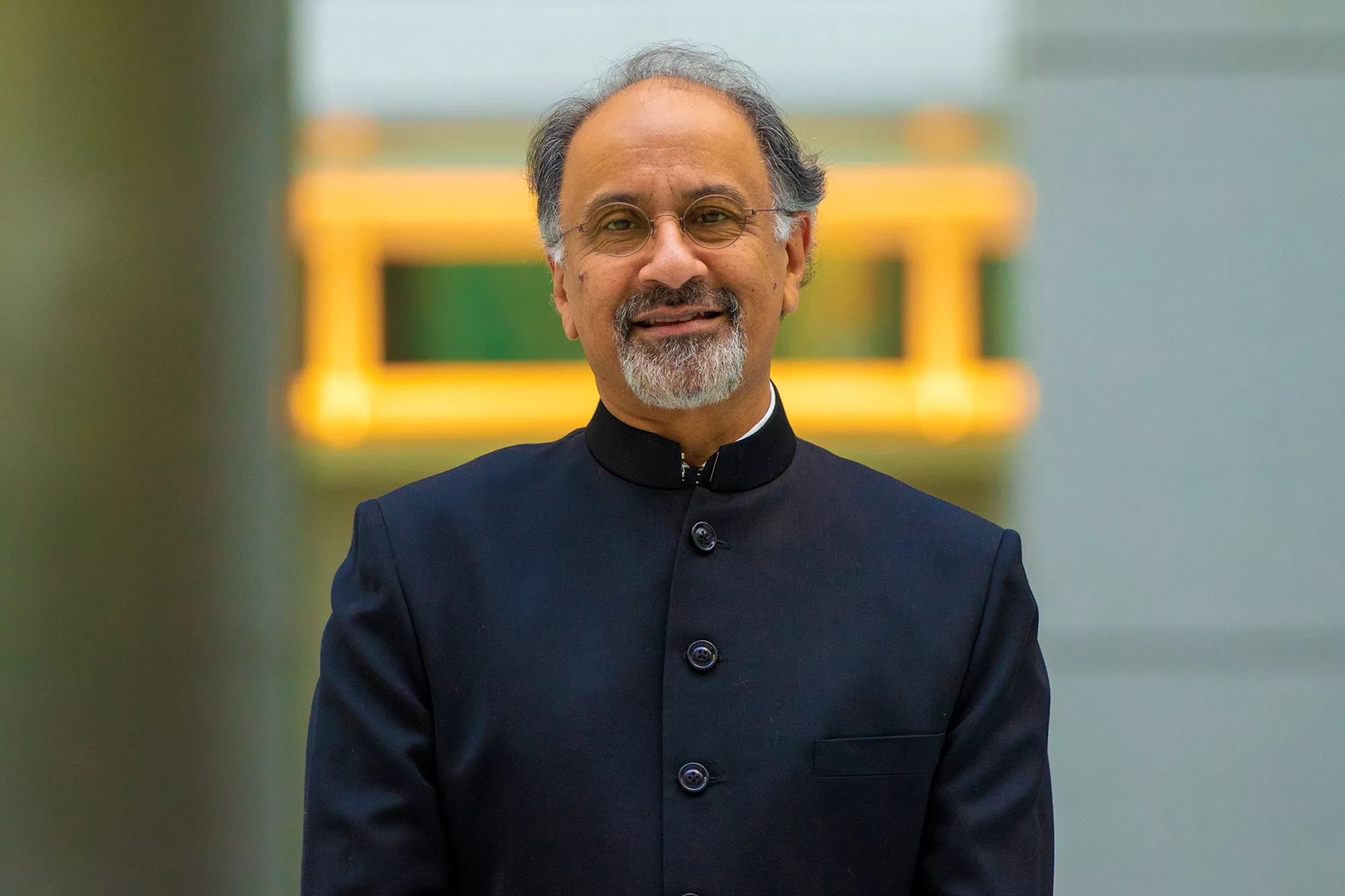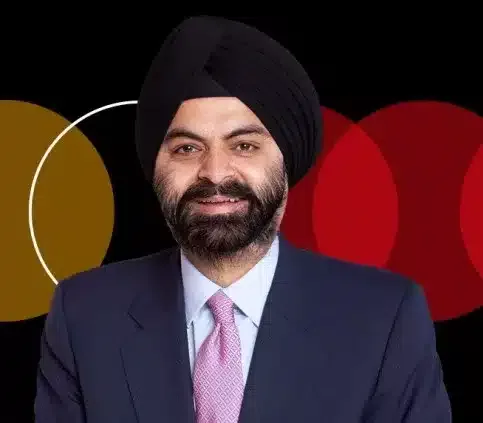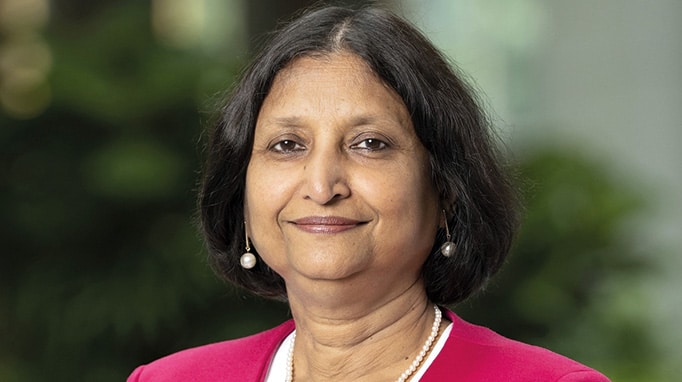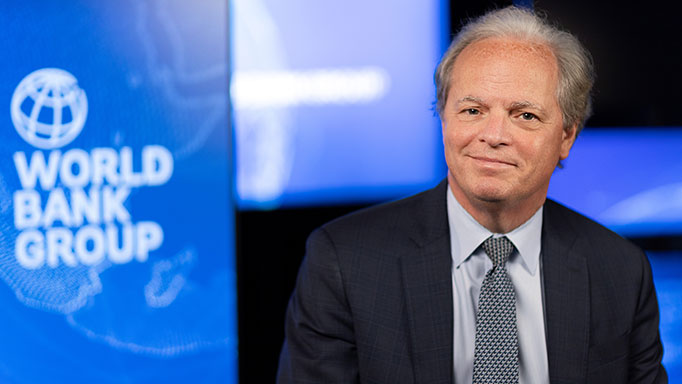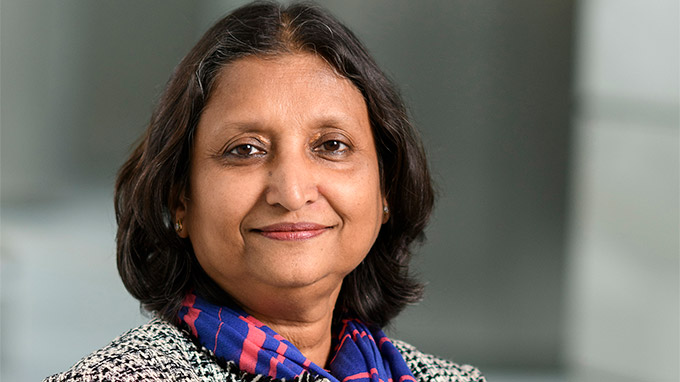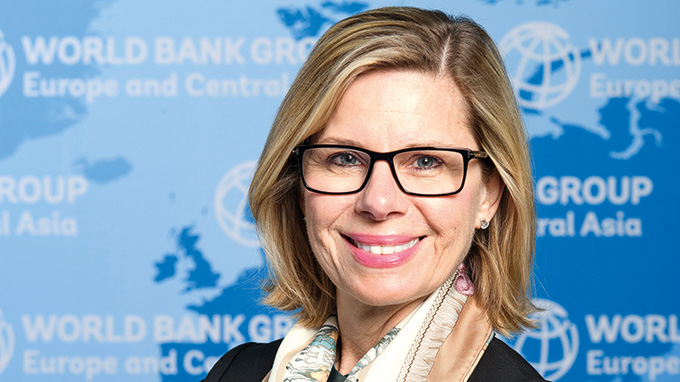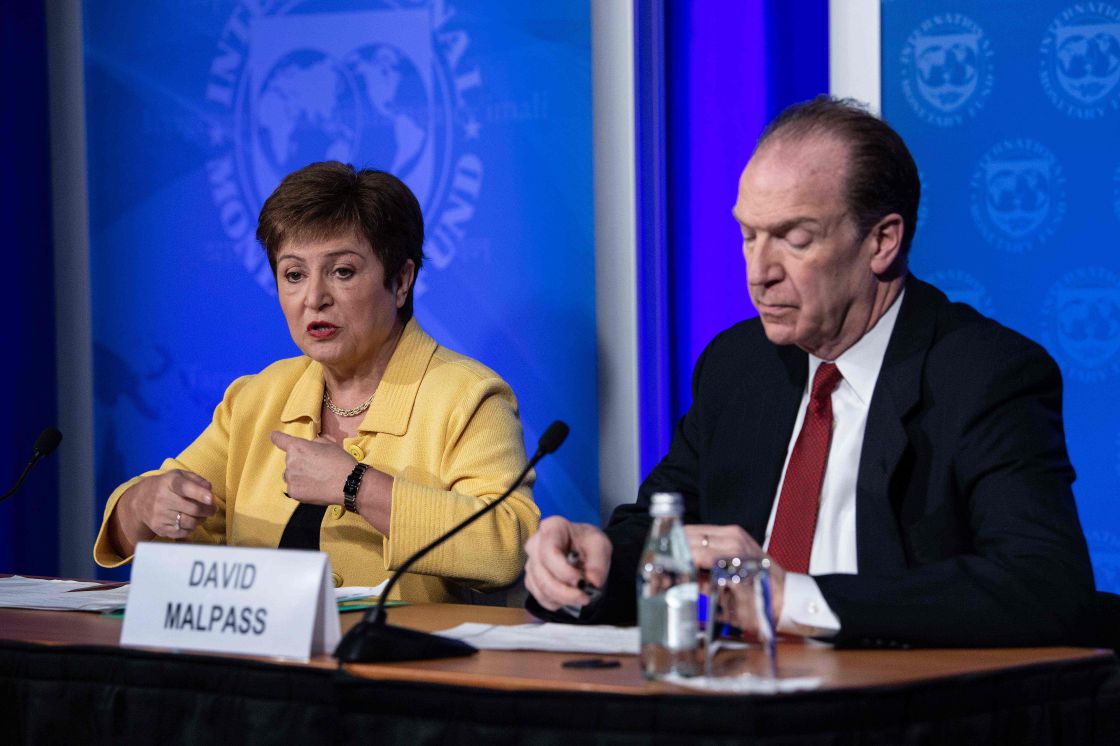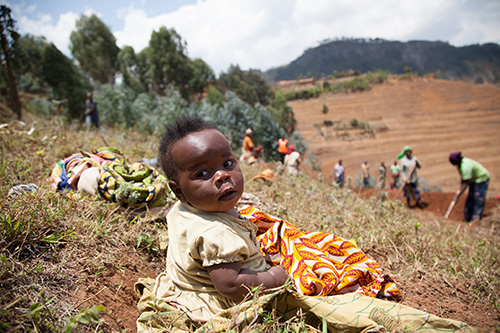[vc_row][vc_column][vc_column_text]
World Bank Group
The World Bank Group comprises five institutions that have their own membership, articles of agreement and governing bodies but work as one in the service of partner countries:
- The International Bank for Reconstruction and Development (IBRD)
- The International Development Association (IDA)
- The International Finance Corporation (IFC)
- The Multilateral Investment Guarantee Agency (MIGA)
- The International Centre for Settlement of Investment Disputes (ICSID)
The IBRD (soon to become known as the World Bank) was set up in 1944 to help
countries that had been devastated by war. Its focus moved from reconstruction to development and particularly the funding of ambitious infrastructure projects. With the birth of the
IFC (1956), private companies and financial institutions in the developing world could take advantage of loan facilities. Four years later, the
IDA came into being with a remit to help the poorest countries. The subsequent founding of
MIGA and
ICSID further improved the World Bank Group’s opportunities to align global financial resources to developing world needs. These five institutions seek out sustainable solutions to reduce poverty and encourage prosperity for all. Their specific mission (target 2030) is to reduce to three percent the proportion of the world population that lives in
extreme poverty. An important aim is to dramatically improve the incomes of the poorest 40 percent of people in all countries. There are currently 189
member countries. The IBRD and IDA constitute ‘The World Bank’ and focus on helping the governments of developing countries. The latter works to help the world’s poorest and the former concentrates on the middle-income countries and the more creditworthy. The IFC, MIGA and ICID help strengthen the private sector in the developing world. The World Bank is funded through its accumulated reserves and money paid in by its members.[/vc_column_text][/vc_column][/vc_row][vc_row][vc_column][vc_column_text]
Amid a barrage of shocks during the past four years, the global economy has proved to
Since its creation in 1944, the World Bank has issued bonds to raise funds from private
Never has the role of moral leadership played a more important or challenging role in defining
Financing Where It Matters Most — People, The Planet, and the Role of Investors Amid overlapping
Read more
The pandemic has affected virtually everyone in the world, but its impacts have been hardest on
The COVID-19 pandemic is affecting every country’s health system and economy to a degree not seen
2021 needs to be the year that climate change urgency truly entered the collective consciousness and
Congratulations with your Mayday promotion as World Bank Vice President for Europe and Central Asia. Are
Read more
World Bank President David Malpass has joined IMF Managing Director Kristalina Georgieva in urging bilateral creditors
As concerns grow over the impact of the pandemic on less resilient economies, multilaterals such as
With focused and courageous policy decisions, Burkina Faso’s government can cover the country’s poor with an
Children put to sleep on the ground, exposed to sun, wind and rain near dangerous construction
Read more
[/vc_column_text][/vc_column][/vc_row]
















































































